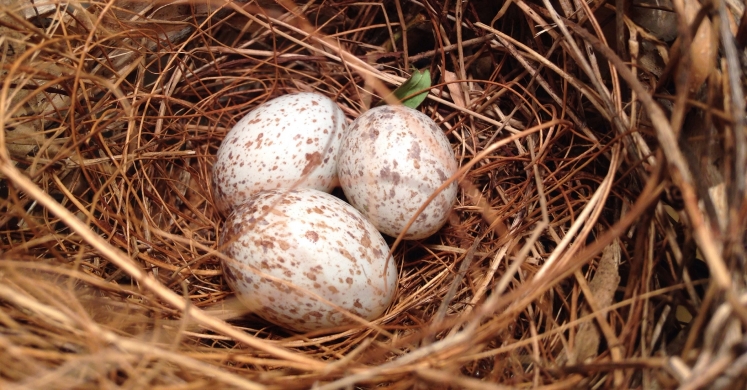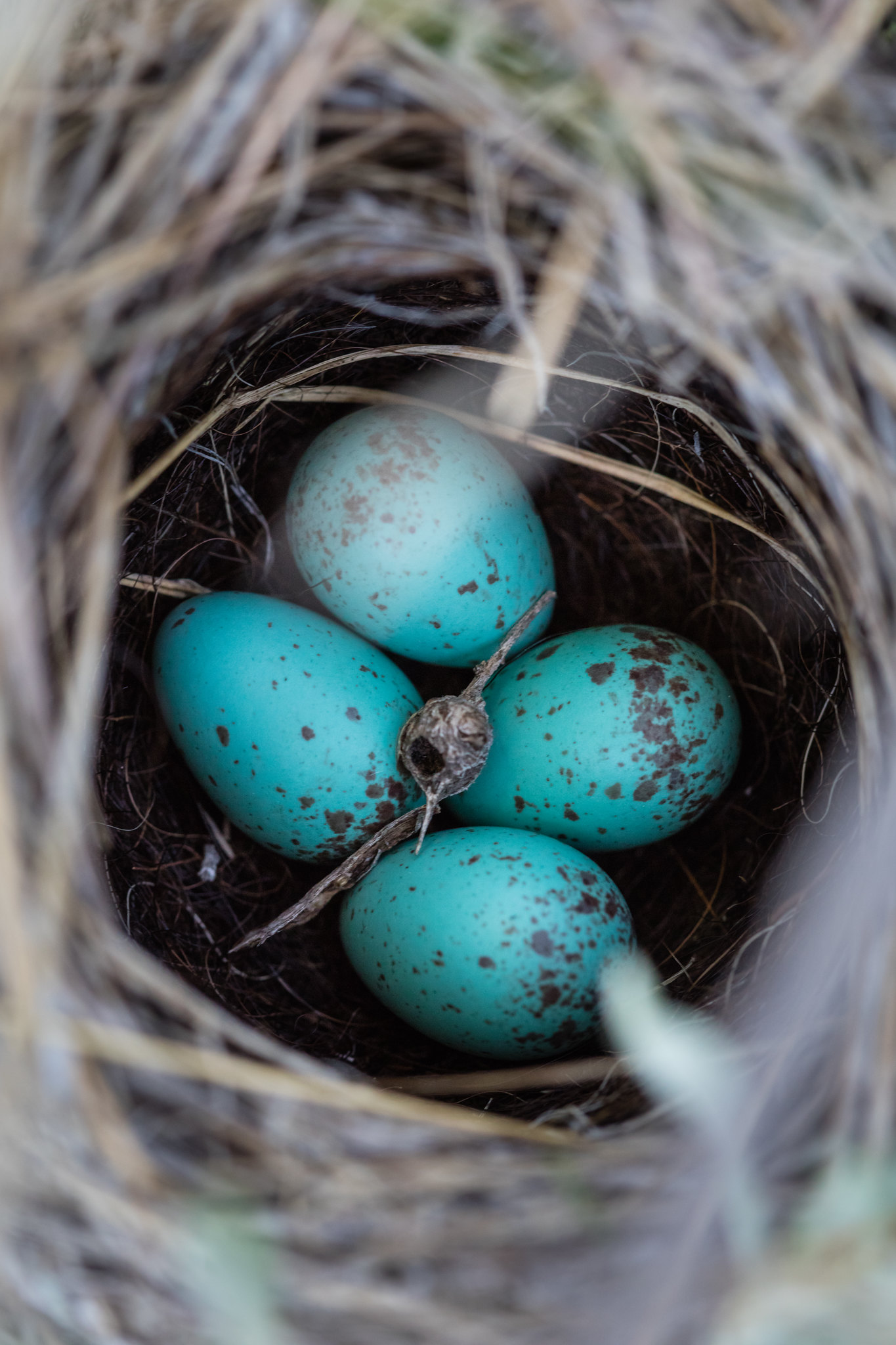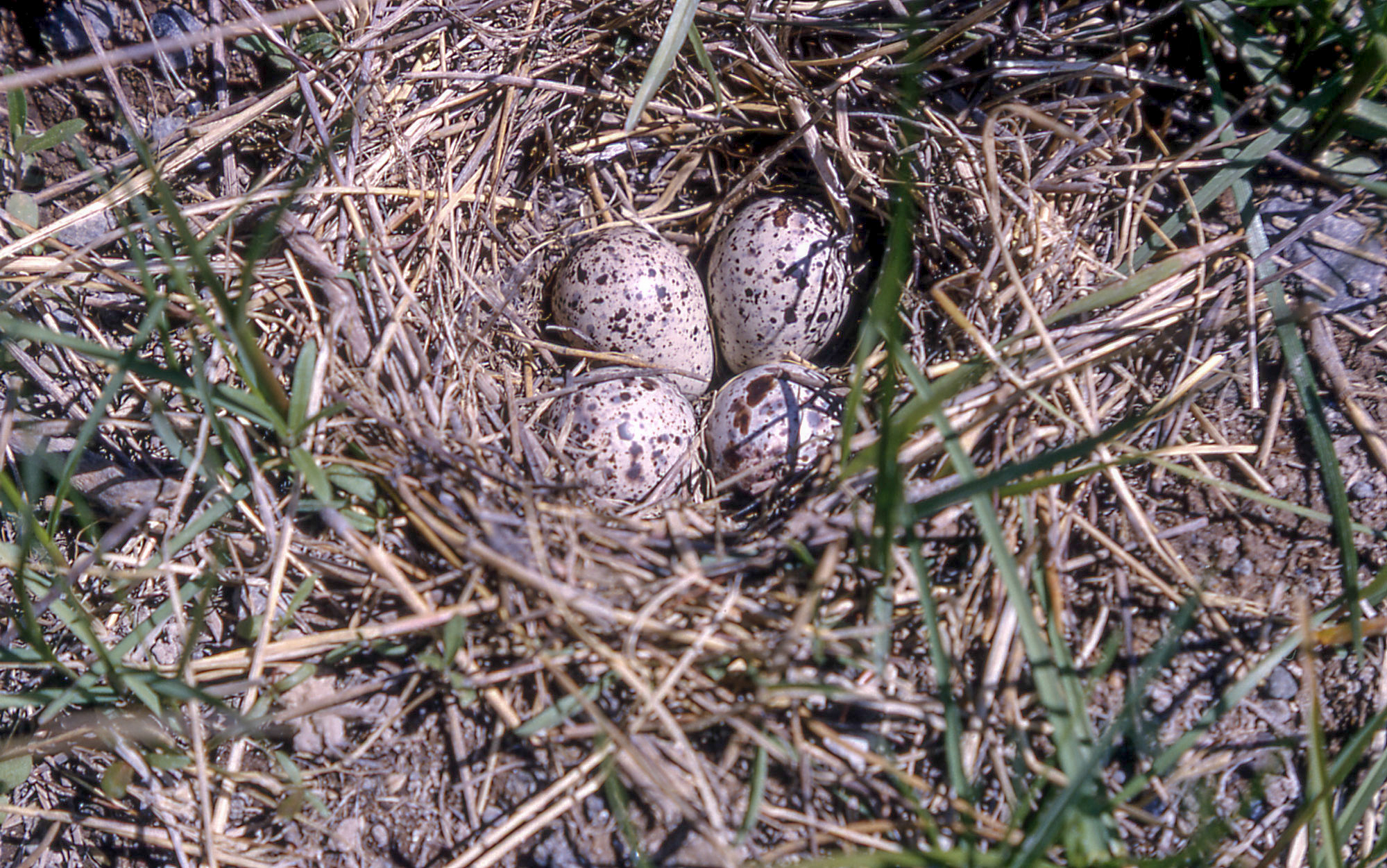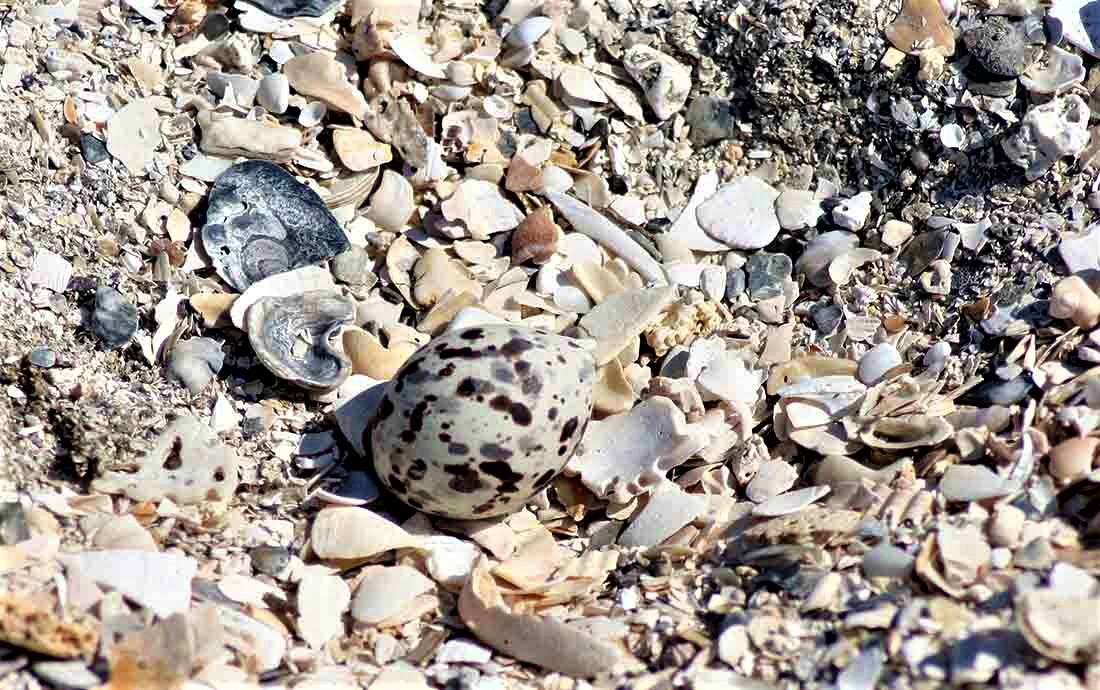Blog

#bioPGH Blog: The Rainbow of Eggshells
 A resource of Biophilia: Pittsburgh, #bioPGH is a weekly blog and social media series that aims to encourage both children and adults to reconnect with nature and enjoy what each of our distinctive seasons has to offer.
A resource of Biophilia: Pittsburgh, #bioPGH is a weekly blog and social media series that aims to encourage both children and adults to reconnect with nature and enjoy what each of our distinctive seasons has to offer.
Robin’s egg blue is a distinctive color, guiding many a spring fashion palette; yet that brilliant blue is only one example of the wide variety of bird egg colorations in the wild. From the deep copper of the Cetti’s warbler eggs to the blue-with-brown speckles of the northern mockingbird, what purpose does the color of an eggshell serve? There are plenty of hypotheses out there to help answer this, so let’s explore some, shall we?
Before we dig too far into the “why,” let’s take a look at the “what”: how diverse are the colors and patterns of eggs? Many of our local feathered neighbors—such as cardinals, mockingbirds, chickadees, house finches, house sparrows—have pale beige to white eggs with speckles of browns, grays, greens, or blues. The cedar waxwing and blue jay have very pale green, gray, or blue eggs, similarly speckled with browns, grays, and other earth tones. Woodpeckers like the hairy, downy, red-headed and pileated, all lay plain white eggs. Our famous robins lay their beautiful blue eggs, as do eastern bluebirds. Any of these egg colors will vary, however, depending on a number of factors including geography and the mother’s diet or overall health. For example, some eastern bluebird eggs are pure white, most are a pale blue, and some are a slightly darker blue. Variation abounds in nature, yet all of this variety comes mostly from just two different pigments, biliverdin (green-blue) and protoporphyrin IX (red-brown).

Brewer's sparrow nest, National Park Service
Now, then…why the colors? What could be useful about a colorful egg and what do the different colors do? Well, the short answer is that there is no short answer. Numerous studies have looked at the life histories of birds in comparison their egg shell coloration, and sometimes there is a clear reason why a species’ eggs would need to be a particular color, but often there is not. A 2012 study identified that the red-brown pigment was more strongly associated with birds that nest in cavities and on the ground, while the blue-green pigment was more strongly associated with other forms of nesting. This makes sense – if your eggs are going to be laid on the ground, a tan egg with brown speckles is a well-camouflaged egg. However, this doesn’t tell the entire story; cavity-nesters also often have speckled or otherwise patterned eggs. It would be assumed that camouflage wouldn’t be as high a priority for these birds since egg colors are costly and the need for the colors would be low for them. (Indeed, of the birds who produce plain white eggs, most are cavity nesters.) Another study noted that male robins seemed to invest more time and effort in parental care when the females had laid more vibrant blue-green eggs, suggesting that egg color signaled to the males that the female was also heavily invested and the outcome would most likely be favorable. Another possibility, especially for birds like the common murre who live in colonies and don’t build traditional nests, that the unique speckling pattern on the eggs might actually be a way for parents to identify their own eggs, versus accidentally incubating someone else’s.

Spotted sandpiper nest, National Park Service
If we look at a wild twist called “brood parasitism,” some eggs are made to mimic the size and color of a completely different species. The mother “parasite” will lay her copycat eggs in another bird’s nest to be raised by parents of the species! Other brood parasites, though, will have eggs that look completely different from the eggs in the invaded nest, yet the invader chick is still raised by an unwitting host mother.
Another possible explanation for egg color is the trade-off between protecting the embryo from damaging UV rays that could penetrate the shell while still keeping the embryo cool. A darker egg provides more protection from ultraviolet radiation, but could also absorb too much sunlight raising the temperature into an unsafe range for the developing embryo. Thus, for many eggs, the color of the shell seems to be striking a balance between UV light protection and heat protection.
So in the end, while we can note some trends about different egg colors, there is still quite a bit we don’t know —but that is part of why nature is exciting. There is still so much that we don’t know, so much to learn, and so much to understand. Whether it’s a mystery about why bird eggs are a certain color or how whales can hold their breath for so long or how flowers know when to bloom, never stop exploring!
Connecting to the Outdoors Tip: While eggs may be amazing to see, remember that mama bird still needs privacy to feel safe. If you spy a nest, appreciate it from a distance. Many folks wonder this time of year what to do if they spy a recent nestling (just hatched from those colorful eggs!) on the ground. If you do, Humane Animal Rescue of Pittsburgh has good suggestions.

Black skimmer eggs, USFWS
Resources
Audubon Society: Cracking the Code on Eggshell Coloration
Lahti and Ardi 2016—Shedding Light on Bird Egg Color: Pigment as Parasol and the Dark Car Effect
Image Credits: header, Wikimedia user Captain-tucker CC-BY-SA-4.0; cover, Steven Depolo CC-BY-2.0

